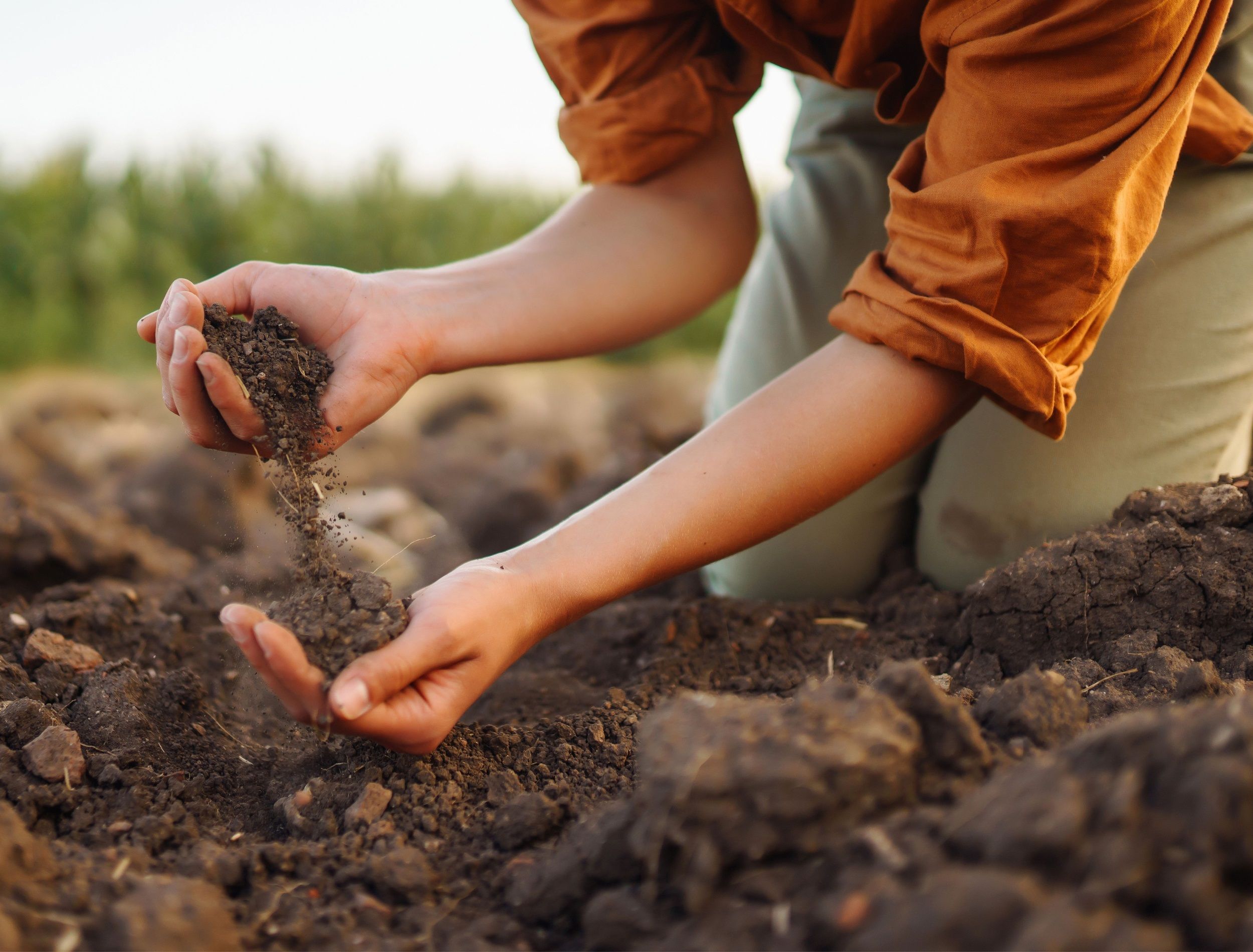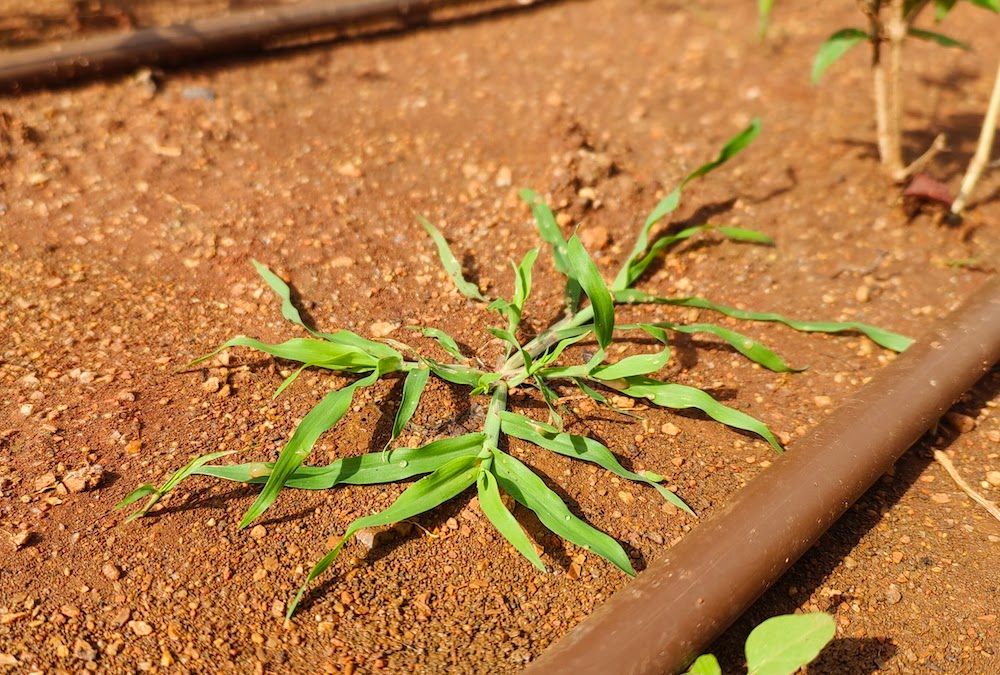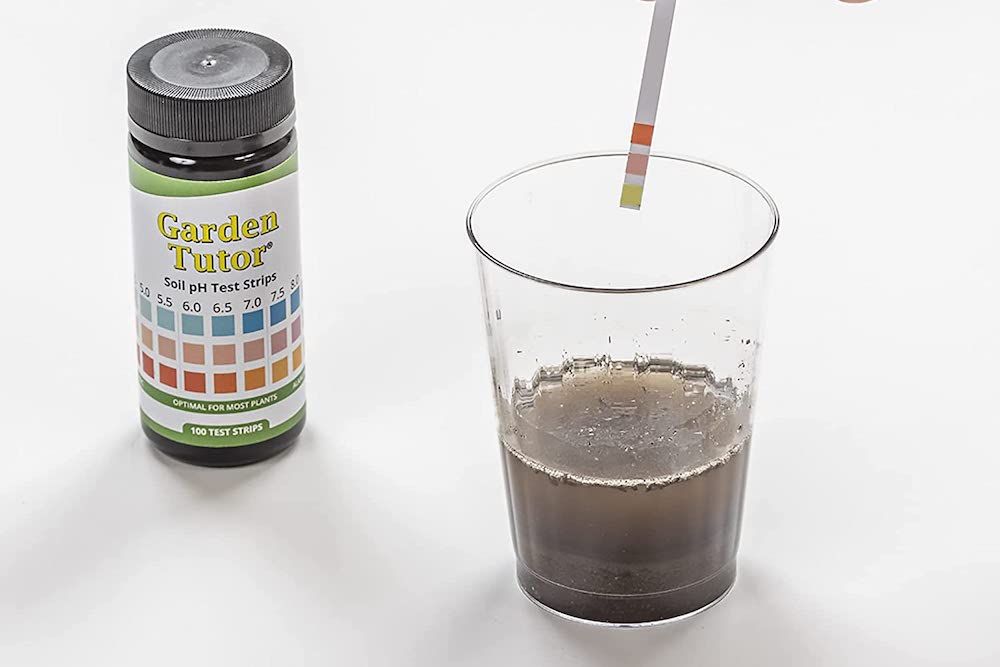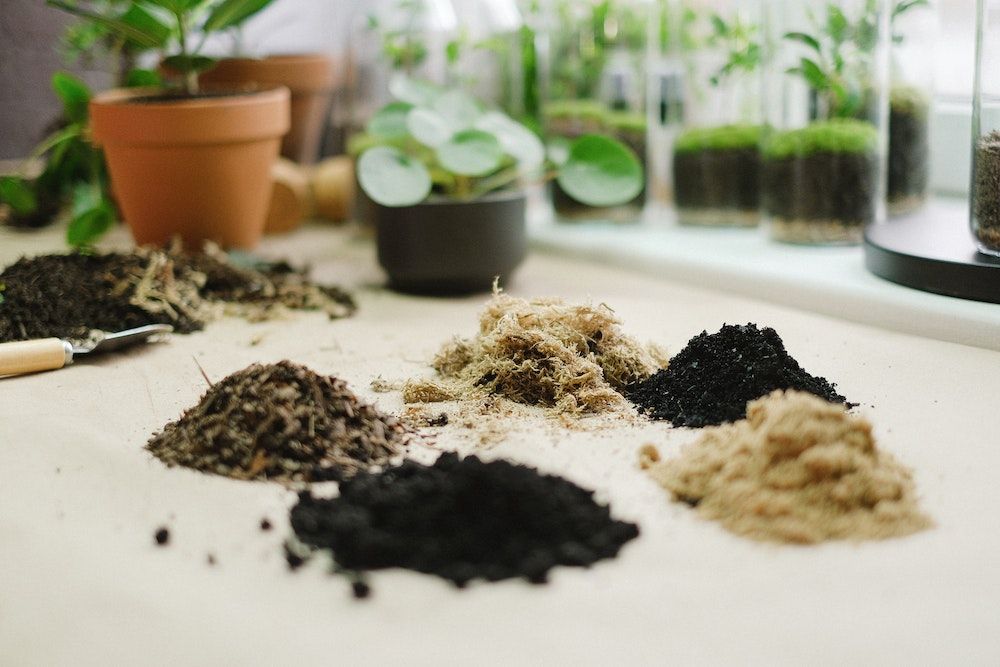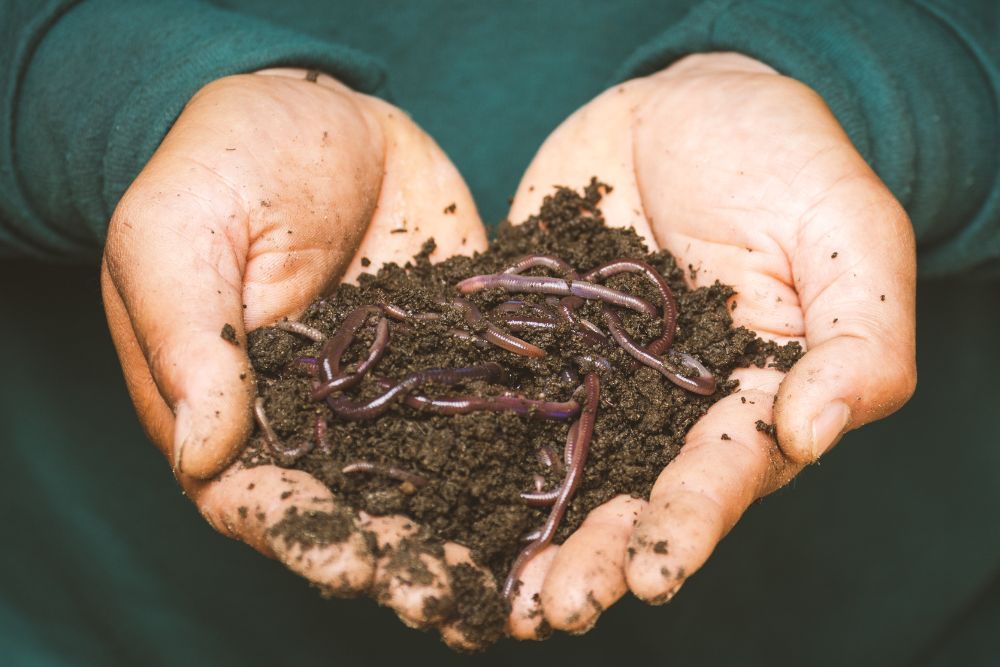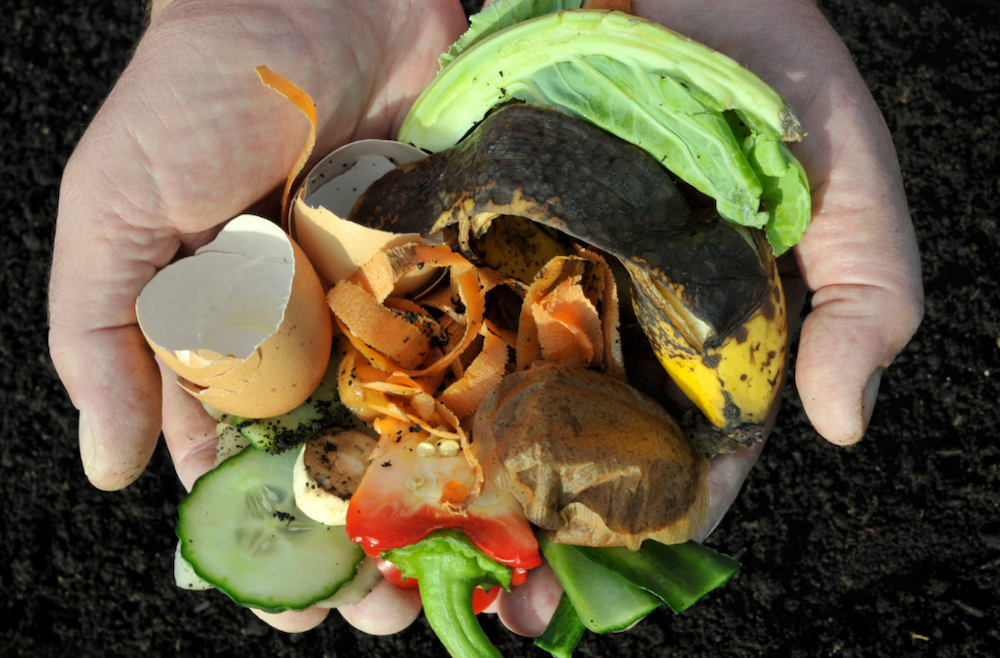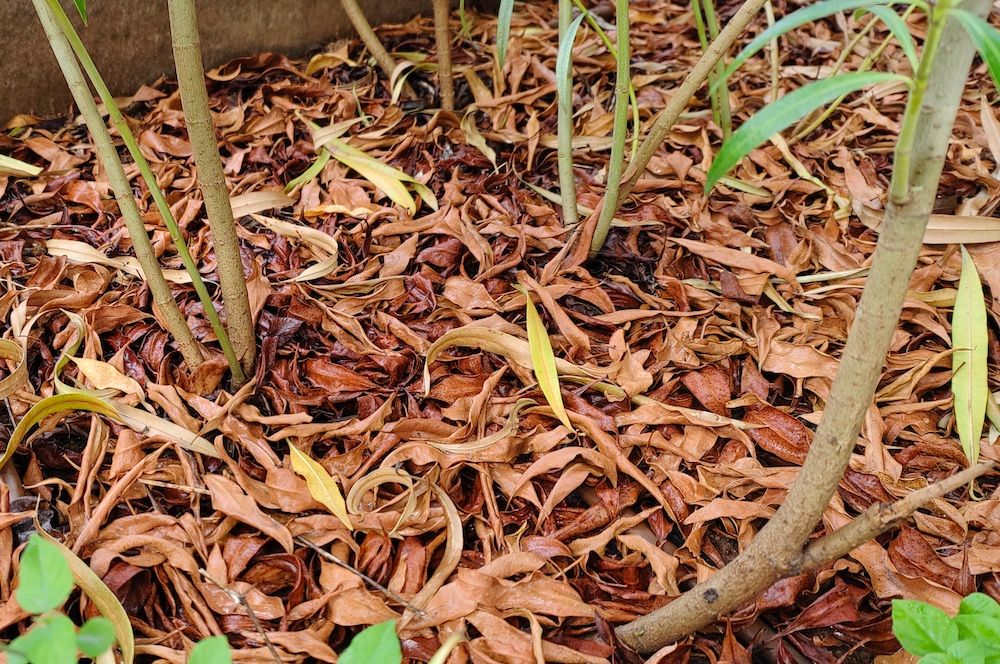If you've been drooling over the plant seed packets you bought online, spring is a great time to sow them and plan your garden, but only after improving the garden soil. Healthy soil is important as it plays a significant role in your plant's life.
You can grow many vegetables in early spring, but before you toss the seeds, you'll need to prepare your garden tools and soil for spring planting. So, how should you start the improvements? Is there anything you should keep in mind beforehand? Mulch more below!
6 Ways to Prepare Your Garden Soil for Spring Planting
In the bitter cold of winter, imagining a lush, green spring garden can be challenging, but it's essential to take this time to plan your spring garden. Know the last frost date of your area so you can start improving your garden soil for spring planting.
Besides improving your soil, you'll need to decide what you want to grow and research more about the plants you desire in your garden. This means looking at their germination and harvest time, companion plants, space requirements, and appropriate tools. Once you've aced the rest, it's time to work on the soil.
1. Deal With Weeds and Pests
Image Credit: Lakeisha Ethans for Backyard Boss
Weeds and pests look forward to spring just as much as you do, if not more. Weeds are notorious for multiplying and growing out of control and stealing your plants' nutrients if you don't tackle them quickly. There are a few common weeds to watch out for in your garden.
Weeds are a thriving habitat for various pests that won't let your garden flourish regardless of how well you care for your plants. There are a few ways to clear overgrown weeds and pests without harmful chemicals. You can use rubbing alcohol, table salt, or other DIY week killers you can make at home.
As for pests, neem oil comes with many benefits. You can use it as a main ingredient for an organic insecticide or make chemical-free homemade pesticides to deal with various insects.
2. Test Your Soil
Image credits: Garden Tutor Store via Amazon
After removing weeds and getting rid of pests, it's time to see what your soil is made of! Test your garden soil to find out its nutrient levels, and then do a pH test to find out if the soil is acidic (pH level less than 7), neutral (pH level around 7), or alkaline (pH level above 7).
You can use a few DIY tests to determine your soil's pH. You can also invest in a garden soil tester, use a soil test kit, or hire a professional to carry out the tests for you. If you decide to use professional help, it could take up to two weeks to get your results, so plan accordingly.
With a soil test, you'll figure out:
- Whether the soil is sandy, clay-like, silty, or loamy,
- If it is well-aerated and has good water retention and drainage ability,
- Whether it has primary nutrients like nitrogen, potassium, and phosphorus,
- And if the soil's prone to soil erosion.
Depending on the results, you'll need to use soil conditioners or add amendments to improve your garden soil's structure and fertility. Then you'll need to adjust its pH to suit the requirements of the plants you want to grow.
This is because some plants like pineapples, blueberries, and cashews thrive in acidic soils, whereas hellebores, candytuft, and forsythia grow in more alkaline soils. Use limestone, baking soda, or wood ash to increase soil pH or aluminum sulfate and sulfur to decrease it.
3. Add Organic and Inorganic Amendments
Image credits: Anna Shvets via Pexels
The soil test will give you information about your soil's structure and fertility. If all's not well in the nutrient and structure department, organic and inorganic amendments will help improve your soil.
|
Organic Amendments |
Inorganic Amendments |
|
Compost |
Vermiculite |
|
Wood Ash |
Perlite |
|
Manure |
Lime |
|
Sphagnum Peat Moss |
Gypsum |
|
Sawdust |
Gravel |
|
Rice Hulls |
Sand |
|
Coco Coir |
Besides improving your soil's water retention and drainage abilities, organic amendments act as fertilizers and add minerals to the soil. Inorganic amendments improve soil's water retention, permeability, water infiltration, drainage, and aeration abilities.
The goal of soil amendments is to provide a good environment for your plant's roots because healthy roots mean healthy plants. If you add compost or well-rotted manure to your soil, wait about a month before sowing, planting, or transplanting plants to avoid salt damage -- compost and manure can have high salt levels.
4. Let Earthworms Till Your Garden
Image credits: Sippakorn Yamkasikorn via Unsplash
When you till the ground, you break up and loosen garden soil to maximize water retention, drainage, and aeration, but this process can damage your soil's earthworm population. Earthworms are your soil's best friend, so, if anything, add more of them to the soil rather than reduce their population through tilling.
The wigglier crawlers mean healthier soil, and the happier the soil, the more your plants will thrive! Earthworms break down the soil's organic content, speed up the decomposition process, and leave behind nutrient-rich casts that improve soil structure and provide nutrients to plants.
Lasagna gardens, also known as sheet mulching, is a cool, no-dig, no-till gardening method that improves your soil's earthworm population, leaving you with healthy soil for plant growth.
5. Fertilize the Soil Using Homemade Fertilizer
Image credits: Grahamphoto23 via Canva
Instead of throwing away vegetable and fruit peels, add them to your compost bin to transform them into black gold for your garden. Vegetable peels come with many benefits for your plants and soil. Besides improving your soil's nitrogen, potassium, and phosphorus levels, peels act as a fertilizer for plants.
If composting peels is out of the question, use them as mulch by spreading a generous layer around your plant's base. The peels will slowly release nutrients into the soil and benefit your plants as they decompose. However, before using them as mulch, cut them into small pieces to accelerate decomposition.
If you prefer not to mulch the peels, how about making a fertilizer tea? In a 5-gallon bucket, add about one-third vegetable peels and two-thirds water. Let the mixture steep for a few days until it changes color to dark brown.
Then strain it, toss the vegetable bits into your compost pile, and use the water to water your plants. You can make many other homemade garden fertilizers to benefit your garden. Don't use chemical or synthetic fertilizers because they can leach dangerous toxins into your crops.
6. Add Mulch
Image credit: Lakeisha Ethans for Backyard Boss
Besides earthworms, mulch is your garden soil's best friend, too. Mulch can:
- Improve your soil's structure,
- Suppress and prevent an outbreak of weeds,
- Reduce soil erosion and loss of moisture,
- Prevent soil compaction.
According to research, mulch can decrease the soil's water evaporation by 10 to 50 percent! You can mulch fallen leaves, grass clippings, or other natural mulches like tree pruning, hedge trimming, and pine needles.
Learning to mulch your garden correctly is important because too little or too much can do more harm than good. Spread a 2 to 4-inch layer of mulch around your plants, but ensure it doesn't cover their stem, as that could suffocate them.
Spring it on, Baby!
With spring just around the corner, improving your garden soil is important. Besides removing weeds, testing your soil, and adding amendments, you'll need to add earthworms, organic fertilizers, and mulch to help your plants thrive.
Don't use chemical fertilizers, pesticides, and insecticides, as they will leach dangerous chemicals into your soil that your crops will absorb. This is important, especially if you're growing edible crops, as consuming chemical-laced crops can cause various health problems.
Leave your experiences, thoughts, and questions in the comment section! And share with friends and family who might find this helpful.

